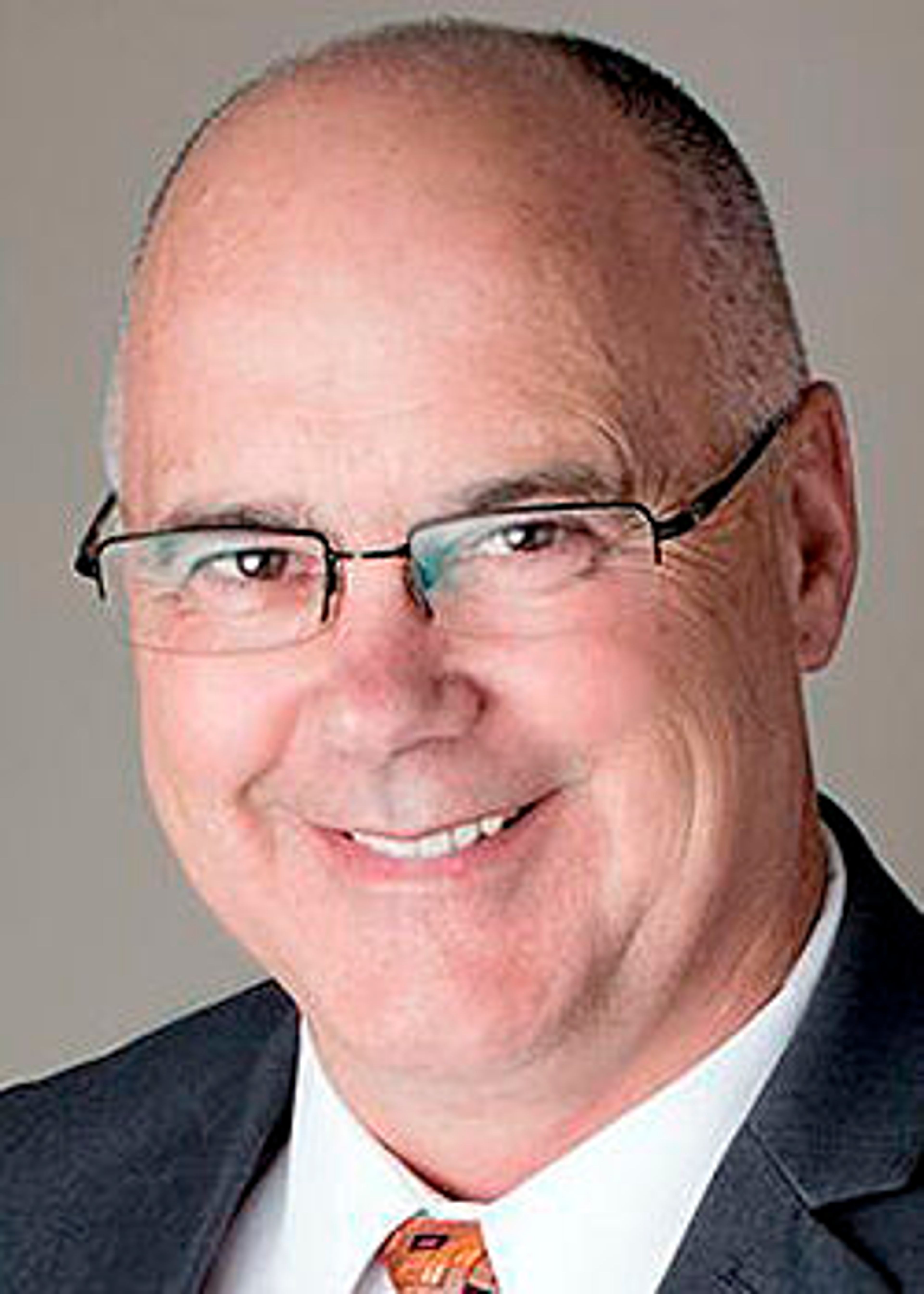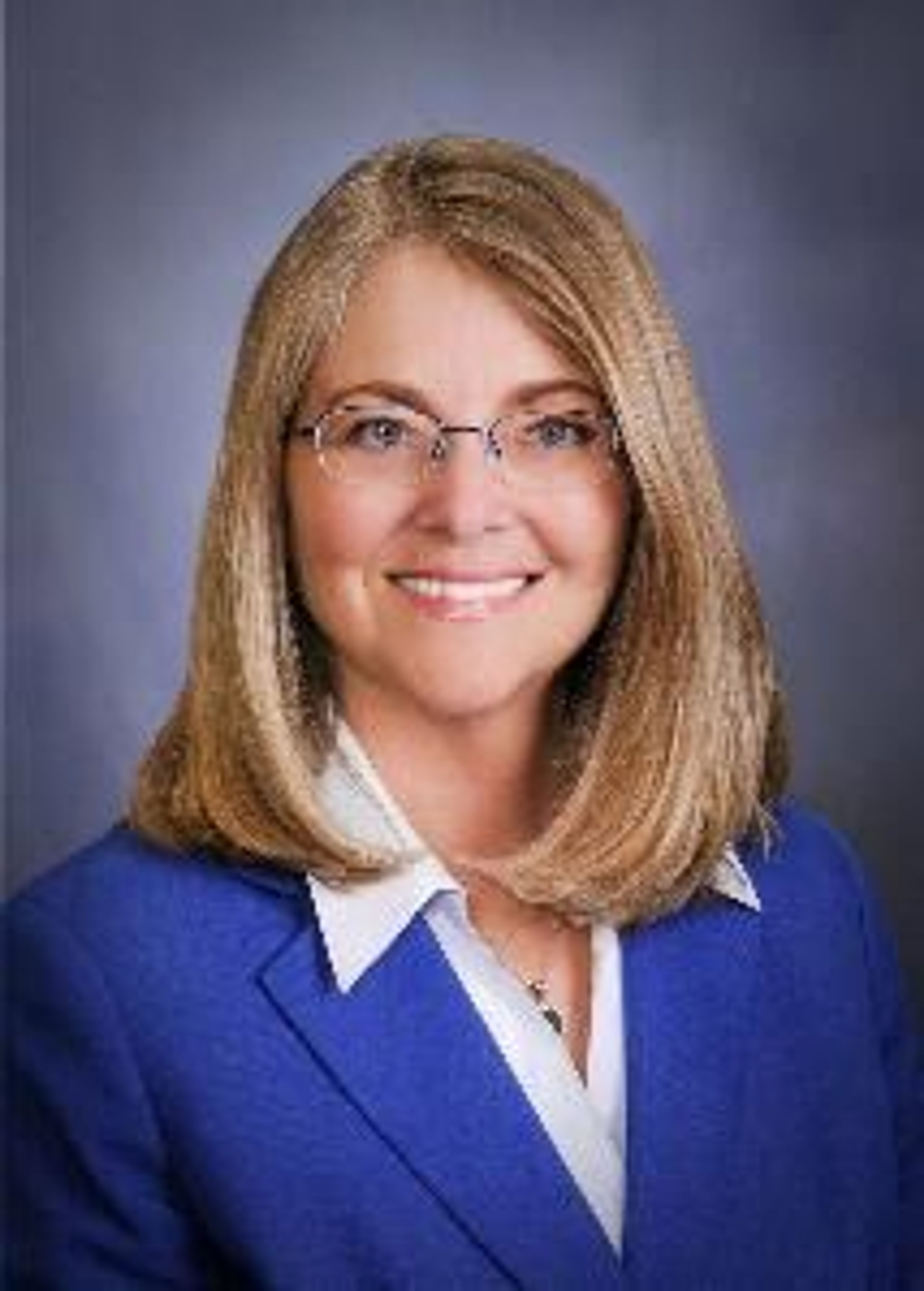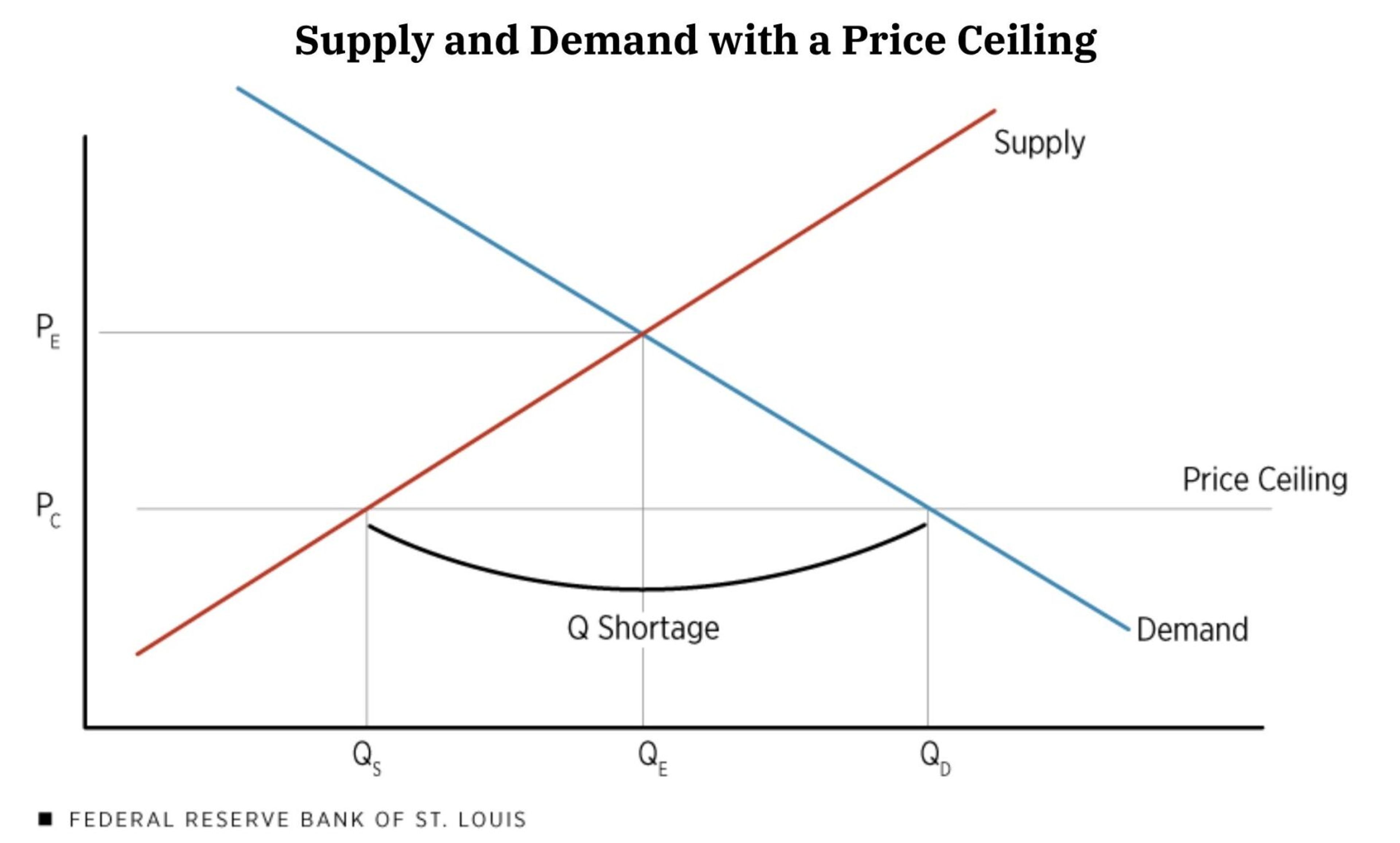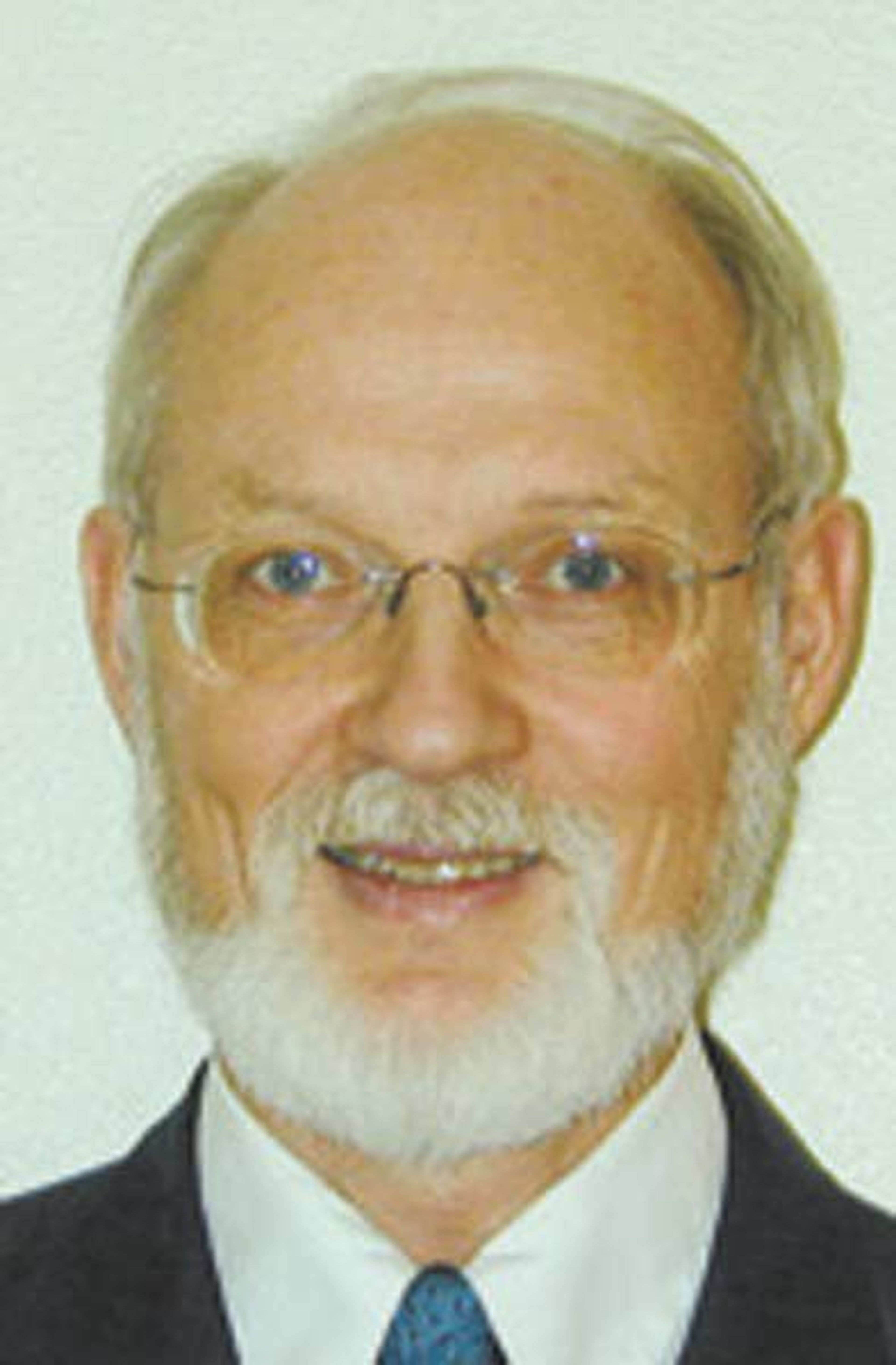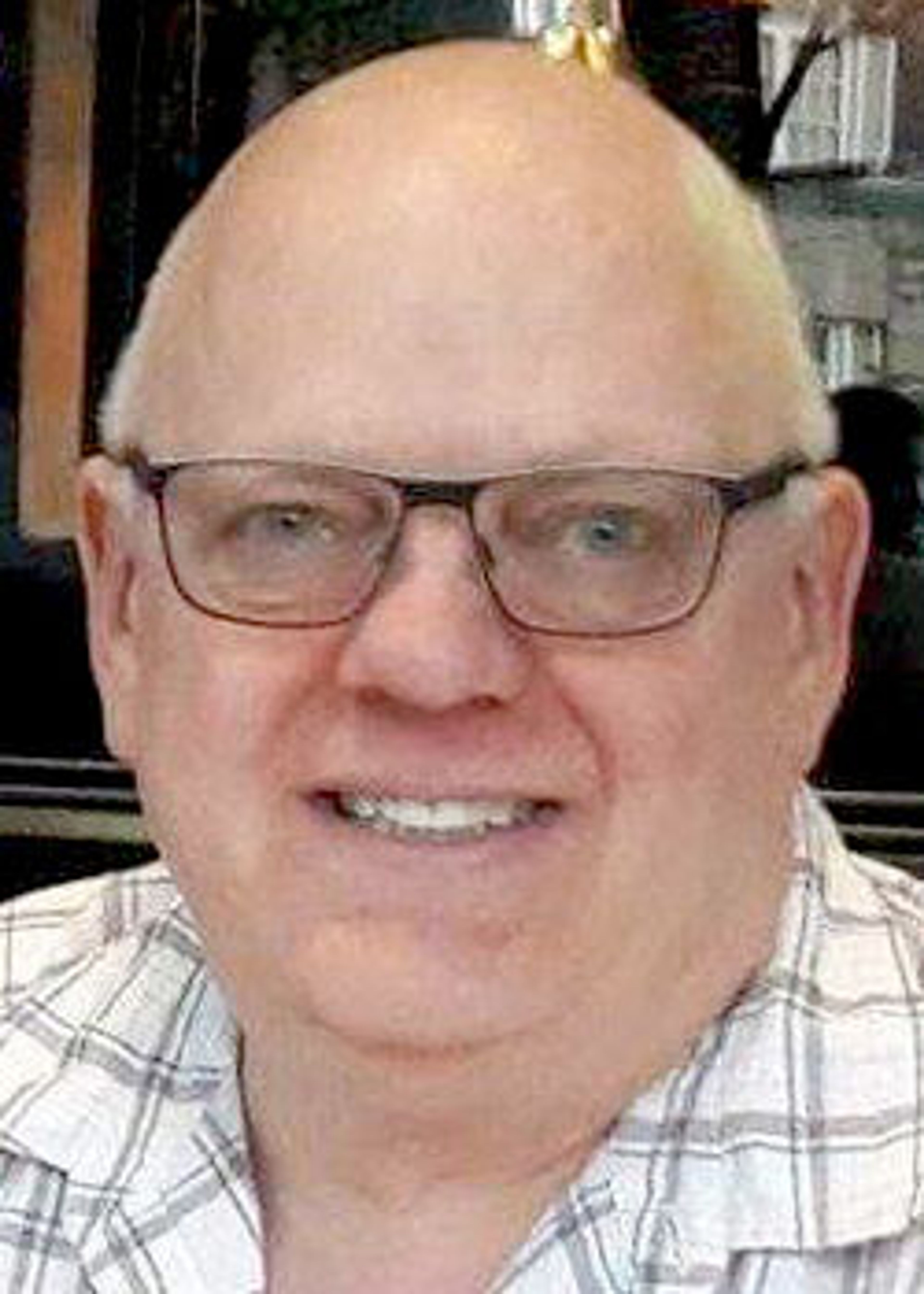Lawmakers discuss public school health insurance
Efforts to reduce health insurance costs for public school employees could be tweaked and possibly strengthened when the Idaho Legislature reconvenes in January.
An interim working group comprised of several state lawmakers met in Boise to discuss the issue Thursday. No decisions were made pending the results of an insurance survey that was recently sent to every school district in the state.
Republicans and Democrats agreed that increased support for K-12 health insurance was one of the major accomplishments of the 2022 legislative session.
Lawmakers approved a total of $180 million in new funding. That included $105 million for health insurance premiums — a nearly 50% increase — as well as $75.5 million to cover the one-time buy-in costs for districts that shift from private insurers to the state’s self-funded insurance plan.
The basic goal, as noted by the governor and multiple lawmakers at the time, was to ensure that school employees receive the same level of funding for health insurance benefits as other state employees.
Rep. Rod Furniss, R-Rigby, co-sponsored the legislation. He also co-chaired Thursday’s K-12 Health Insurance Working Group meeting.
To date, Furniss said, 26 school districts have switched from private insurance onto the state self-funded plan, which typically has much lower deductibles and monthly premiums.
Moreover, even in districts that didn’t switch, the added state funding typically enabled them to buy down the cost of private policies and thereby reduce out-of-pocket costs for their employees.
That was particularly true on family plans.
“I had one teacher tell me this was the first time in 15 years her family wasn’t on Medicaid,” he said. “Most schools were able to decrease their employee premiums and put $600 to $900 a month back in the pockets of their teachers and staff.”
Sen. Jani Ward-Engelking said she’d received similar calls from more than two dozen school employees.
“I had numerous people call and say this is the first time they’ve been able to cover their family on a good insurance plan,” she said. Some were practically in tears. This has made a difference in a lot of people’s lives.”
In many districts, though, the added funding fell short of putting all school employees on an equal footing with state employees. That’s because the $180 million was calculated based on school support units.
Support unit are a standard but out-dated proxy for the number of classrooms in a school. Each unit includes one teacher and about one-half of a classified staff position.
Many districts hire more classified positions than they’re compensated for under the state funding formula. Consequently, they would have to come up with extra money to cover the cost of shifting to the state health plan.
“The way we wrote the bill, it didn’t cover all the costs. So we need to adjust that,” Furniss said.
Before they pony up any more money, though, a number of lawmakers want to make sure districts are using the added funding as intended.
The K-12 appropriation bill specifically notes that these discretionary dollars should be used to offset employee health insurance costs. If there’s any money left over after that, districts can use it for other discretionary expenses.
Each district, though, decides on its own whether it has met that standard.
“That’s really where the rub is,” said Sen. David Lent, R-Idaho Falls. “I think it’s critical that we (the Legislature) decide what that standard is. If it’s equal to or better than the state program, that’s the standard.”
Furniss also raised the possibility of shifting the insurance funding out of the discretionary category so that, whatever the final number ends up being, districts can only spend it on health insurance costs.
The new survey that was sent to districts earlier this week will help lawmakers get a better feel for how much money districts currently spend on health care, and whether more state support is needed.
“For some of us the goal was never to get everyone on the state plan,” said Rep. Wendy Horman, R-Idaho Falls. “The goal was to get health insurance that makes it affordable for people to cover their families … That’s why this survey data is crucial, so we know the outcomes (from current funding levels) before we make a decision on how to move forward.”
Spence may be contacted at bspence@lmtribune.com or (208) 791-9168.
